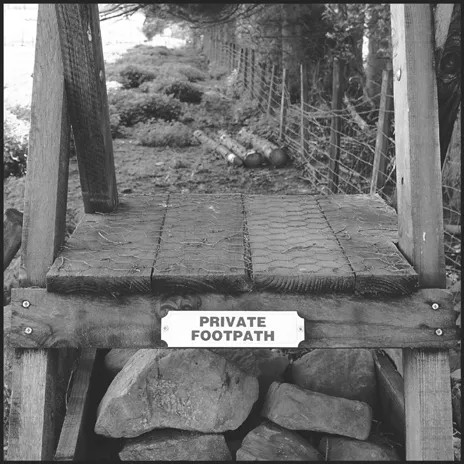When companies are answerable to shareholders, time horizons shrink – decisions are made around quarterly profits and dividends rather than being guided by a long-term vision. This can have very destructive effects. It marks an alteration in purpose. The company changes from being an enterprise that creates worthwhile products and good work, and becomes a means to another end. In its efforts to maximize shareholder value, the board might well look favourably upon a takeover bid from another organization, which could be in another region or another country. To sweeten the deal, extravagant promises will often be made – to keep the head office where it is, to invest heavily, to increase jobs. The share price surges and shareholders, swayed by thoughts of large returns, willingly oblige by voting for the acquisition.1
For the financial services industry such deals are highly sought after – part of an aggressive game of mergers, consolidations, expansion and growth – this is their raison d’être. Politicians typically praise such moves, with words like ‘in the nation’s best interest’, ‘good for workers’ and ‘good news for the economy’. In reality, they have little option but to make reassuring noises because they are helpless in preventing such takeovers. And there are no legal frameworks for dealing with organizations that renege on their pre-deal promises, as they so often do.
This kind of acquisition can be deeply corrosive, because key decisions are taken away from the people who built the company and are placed in the hands of the new owners. For the creators and the employees, this can undermine their sense of identity and of being part of something worthwhile – something that people can point to and say we built this together here, in this place.2 As a consequence, being taken over by an outside organization represents a major loss in meaning, significance and purpose.
When a company is taken over, profits that once would have stayed in the community are now directed elsewhere. There is no reason why foreign owners would commit funds to the local community of another region or country; they don’t shop in the town centre or picnic in the park and their children don’t go to the local school. The building of community and sustainable futures depends on locally owned enterprises, and their owners, managers and employees being committed to and investing in place. Local ownership means there is a vested interest in community, the state of the local environment, use of local resources, support of local suppliers, and adapting to local markets. All these contribute to cultural distinctiveness, colour and character, which, in turn, contribute to people’s sense of identity, belonging, self-worth and personal well-being. Such things matter.
Hence, actions that may well be in the best interests of shareholders often represent an evisceration of things that, although intangible, are vitally important to people. Indeed, it is these very things – purposefulness, accomplishment and self-determination – that motivate us and give our lives meaning. Take them away and a person’s spirit and sense of hope about the future become eroded. But these critical human considerations will not be found among the euphemistic jargon of decision-makers and government policies. An advisory paper for the European Union on the effects of foreign takeovers puts it this way, “the threat of takeovers diminishes the expected value of investing in firm-specific human capital”.3
Contrast this with independent, family owned businesses that are in charge of their own destiny. They are not concerned with quick profits and ‘making a killing’ but with longer term goals. Investment in the future is important for them because the future is their children and grandchildren. One finds too, that there is care for employees and their families – there are apprenticeships that bring the next generation into the fold. This, of course, benefits the company but it’s a two-way street – it also provides local people with good work. There is continuity, caring and community fostered through intergenerational knowledge among employees, and a sense of belonging and being part of something that is rewarding and worth working for. This is the true value of enterprise and the true purpose of work.







